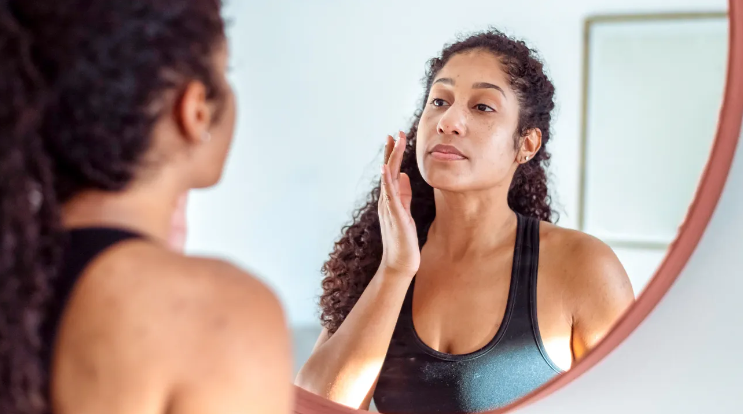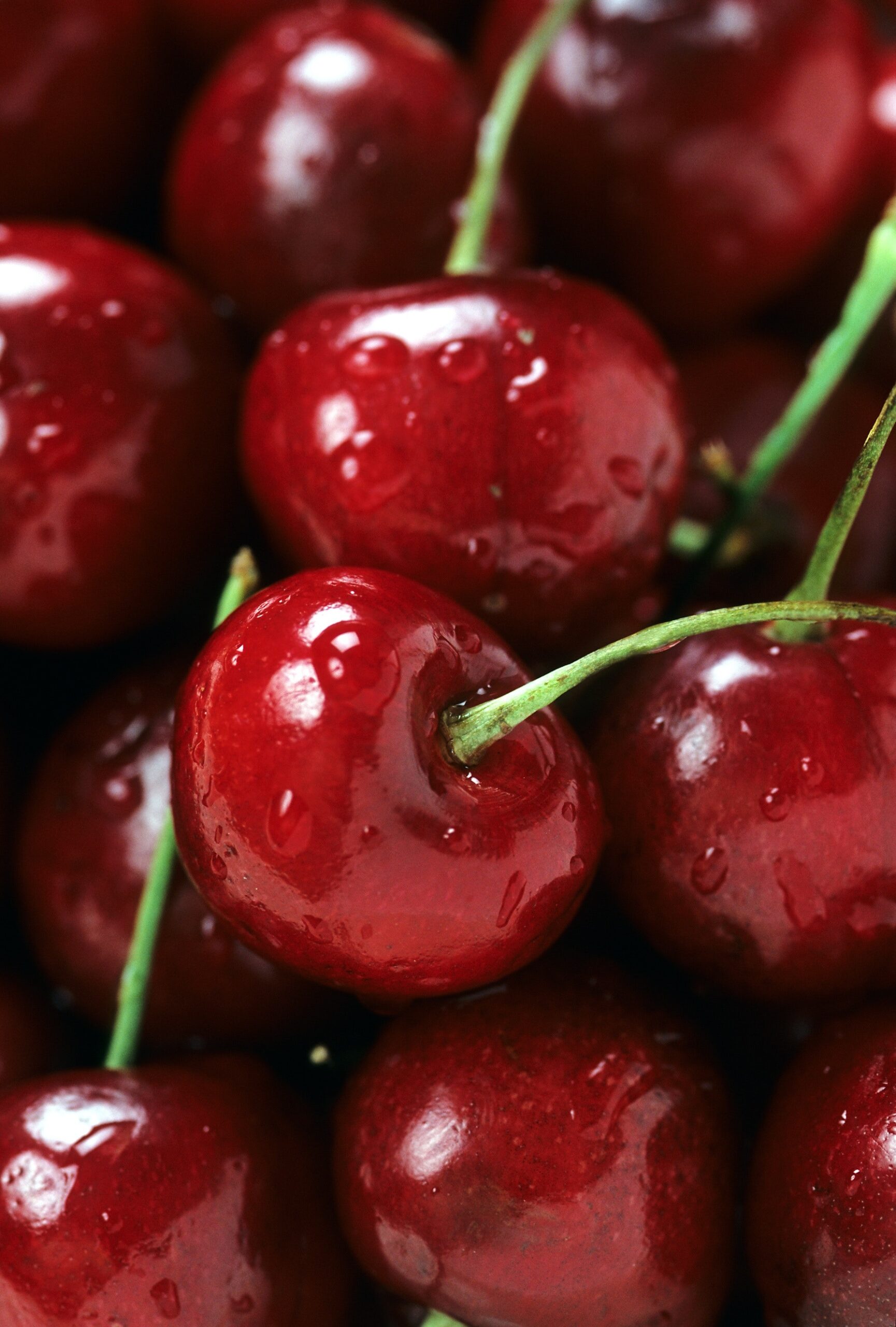Acne Across the Ages: From Adolescence to Adulthood—Understanding Causes, Treating Breakouts, and Preventing Recurrence

Acne, a prevalent skin condition characterized by inflammation, ranks as the eighth most common skin disease worldwide. Although commonly associated with puberty, it also affects adults, and there has been an increase in the number of people experiencing adult acne over the past two decades.
In a 2018 study involving 454 adults with acne, it was found that women are more often affected by adult acne, with 85 percent of the adults in the study being female.
Adult acne can vary in severity from mild to moderate to severe. The causes of adult acne are multifactorial. Dr. Robin Schaffran, chief dermatologist and co-founder of BalmLabs, a skin care line designed for adult acne, explains that acne occurs when the skin and pores are not functioning properly. Excessive oil production by the sebaceous glands and ineffective pore elimination of oil lead to clogged pores, resulting in blackheads, whiteheads, and pimples.
Several factors contribute to adult acne. Family history plays a role, as individuals who have a family member with a history of breakouts are more likely to experience acne themselves. Hormonal fluctuations, such as those occurring during puberty or perimenopause, can also contribute to the development of adult acne. Contact irritation from harsh cleansers or razors on dry skin can lower the skin’s defenses and trigger inflammation. Additionally, certain hair and skin products, particularly oil-based ones, can cause acne breakouts. Emotional and physical stress, as well as environmental factors like extreme weather or exposure to air pollution, can also contribute to acne.
Clogged pores and the presence of bacteria called Propionibacterium acnes under the skin are also factors in the development of acne. Some people believe that certain foods, including white flour products, sweets, chocolate, dairy, and fast food, may contribute to adult acne, but there is no scientific consensus on this. Medications, including corticosteroids, antidepressants, and certain epilepsy medications, have been linked to acne breakouts. Undiagnosed medical conditions like rosacea, keratosis pilaris, perioral dermatitis, Cushing syndrome, and polycystic ovary syndrome (PCOS) can also resemble acne or lead to acne breakouts.
When it comes to treating adult acne, it is advisable to seek the assistance of a dermatologist when over-the-counter products or home remedies are ineffective or when acne causes emotional distress. A dermatologist can evaluate the type of skin and acne an individual has and recommend a tailored treatment regimen. Treatment options range from home remedies and OTC products to prescription-strength medications, and their effectiveness varies from person to person.
Home remedies for adult acne include the use of supplements and topical treatments such as aloe vera, green tea extract, tea tree oil, zinc, vitamin A, and probiotics. However, not all home remedies are effective, and some may even damage the skin barrier and exacerbate irritation and rashes. Professional medical treatments include hydroxy acids, oral birth control pills, spironolactone, antibiotics, retinol, salicylic acid or benzoyl peroxide, sulfur, blue light therapy, and clascoterone.
Hormonal changes can continue into a person’s 20s, 30s, and 40s, contributing to the persistence of acne. It is important to address hormonal causes of adult acne through tests and age-specific recommendations. Although acne can be a long-term condition, it is not necessarily permanent, and various treatment options are available.
Preventing adult acne involves establishing a consistent skin care routine using appropriate topical ingredients for the individual’s skin type. Moisturizing is crucial, as excessive dryness can worsen acne. Patience is key when trying different treatments, as results may not be immediateand may take time to show significant improvement. It is important not to give up too early and switch between products too frequently, as consistency is essential for any acne treatment regimen.
In addition to following a proper skincare routine and using appropriate products, taking care of your physical health can also contribute to preventing adult acne. Minimizing stress levels, maintaining a balanced diet, staying hydrated, exercising regularly, and getting enough sleep are all factors that can indirectly impact the health of your skin and help alleviate acne symptoms.
It is worth noting that adult skin tends to be more sensitive and prone to dryness and irritation compared to teenage skin. Harsh ingredients commonly found in traditional acne-fighting products, such as salicylic acid or benzoyl peroxide, may not be well tolerated by adult skin. Therefore, switching to acne treatments specifically designed for adult skin can make a significant difference in managing and preventing acne breakouts.
In conclusion, while it may be surprising to still experience acne in adulthood, it is a common condition that affects many individuals. The good news is that there are numerous treatment options available, ranging from over-the-counter remedies to prescription medications. Working with a dermatologist can provide valuable guidance in developing a tailored treatment plan that addresses your specific needs.
Remember, it is important to be patient and consistent with your chosen treatment regimen, as it may take time to see noticeable improvements. By following a diligent skincare routine, moisturizing properly, and taking care of your overall physical health, you can increase your chances of managing and preventing adult acne effectively.
So, if over-the-counter products are not providing satisfactory results, don’t hesitate to seek professional help. With the right approach and persistence, you can find a solution that works for you and achieve clearer, healthier skin.


